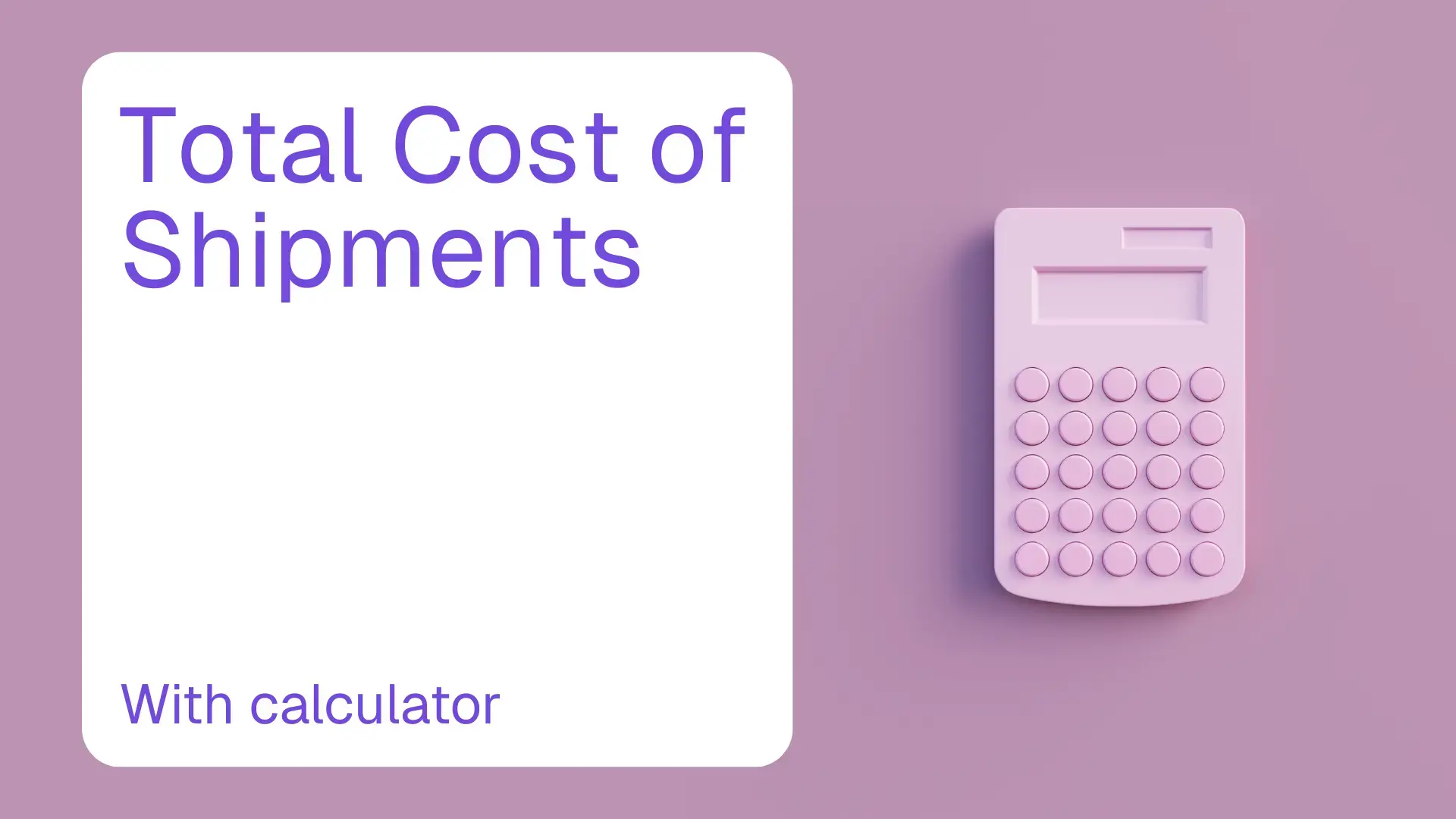
Make people work better.
Shipping hacks for your commerce
ShippyPro Report 2026
Discover data-driven insights, market trends, and AI-powered strategies to build resilient, sustainable supply chains.
Download now
Our mission? To build the logistic infrastructure for global commerce
From in-depth industry analysis to practical guides to optimize your shipping strategy
Explore Couriers, Marketplaces, and apps ready to be connected in just a few clicks
A breakdown of our tech stack ready to be integrated via API
Get access to a global integration library to reach new customers everywhere
Extend your offer & provide clients with a global shipping module
Shipping hacks for your commerce
Discover data-driven insights, market trends, and AI-powered strategies to build resilient, sustainable supply chains.